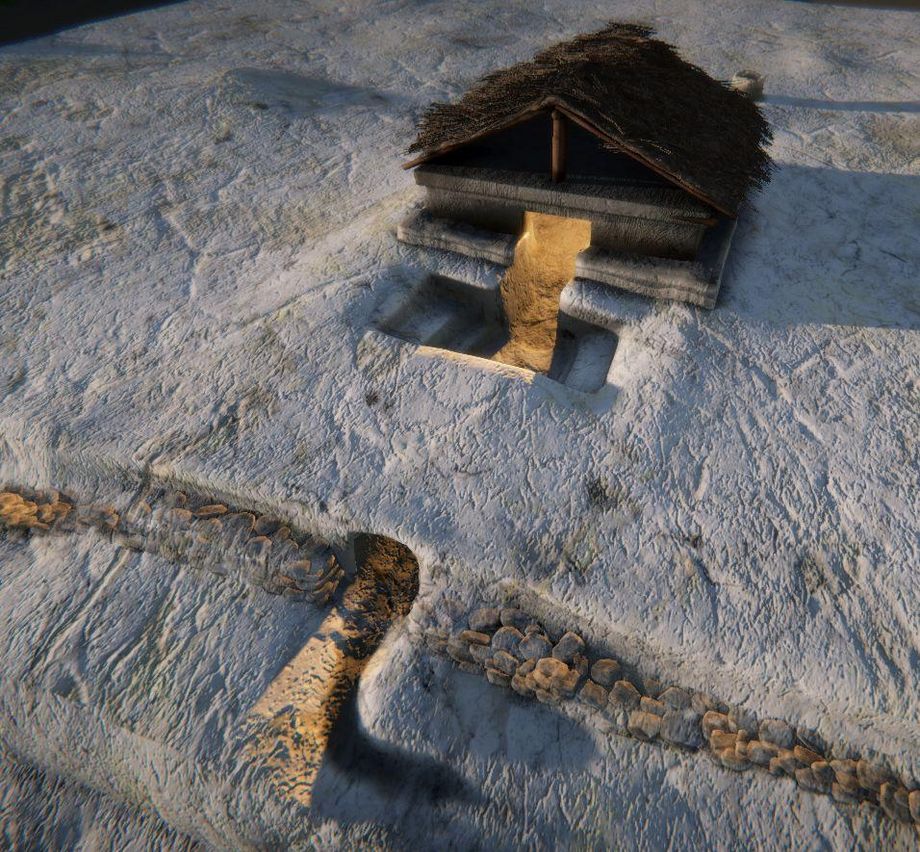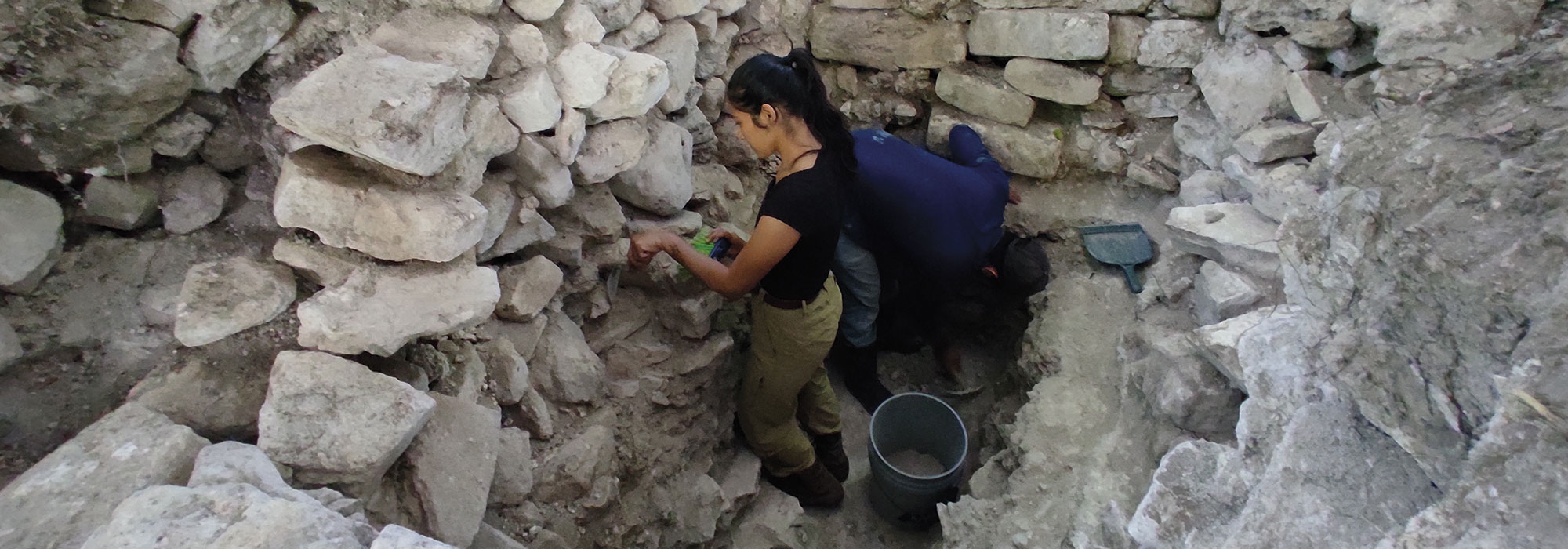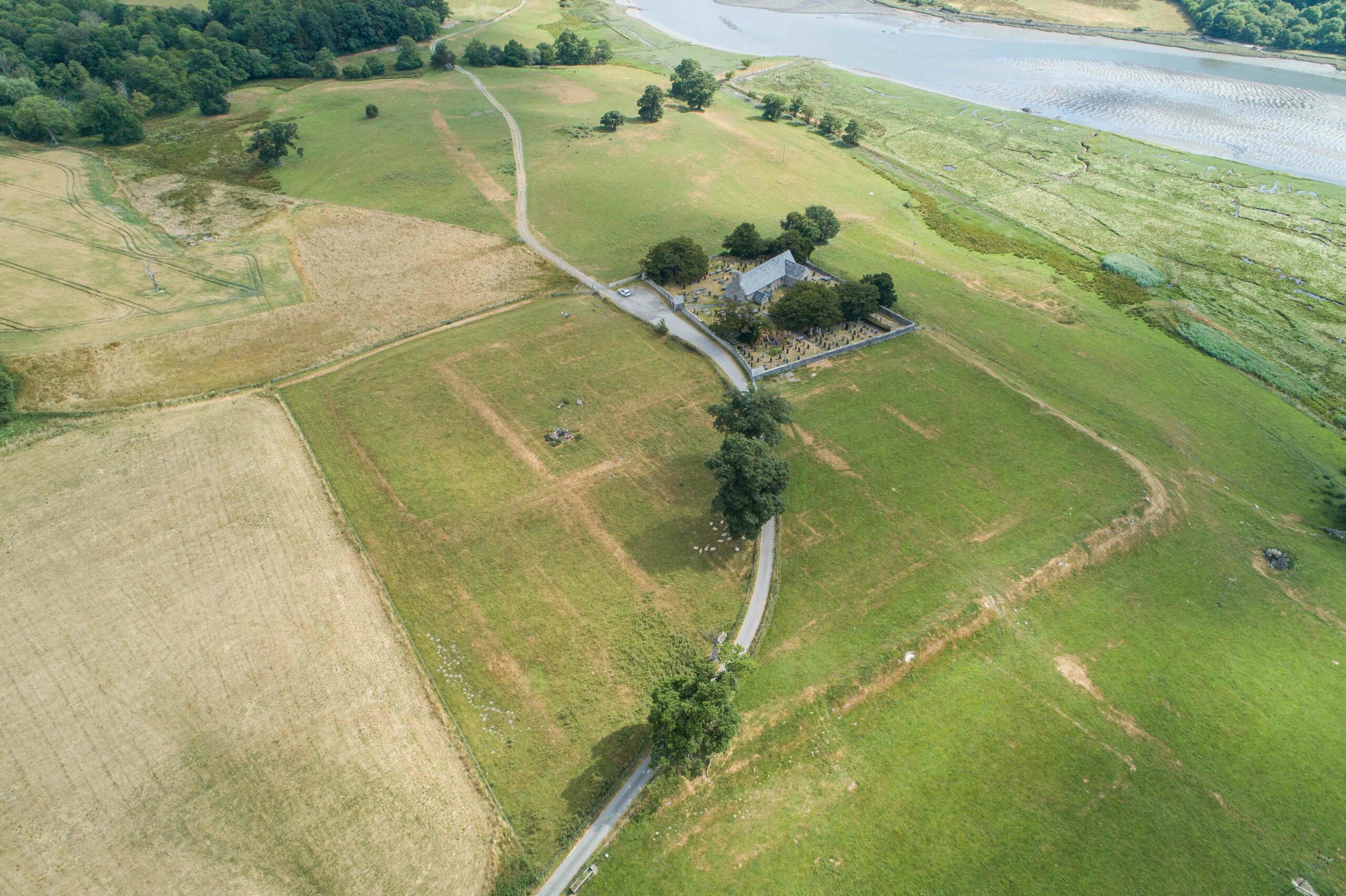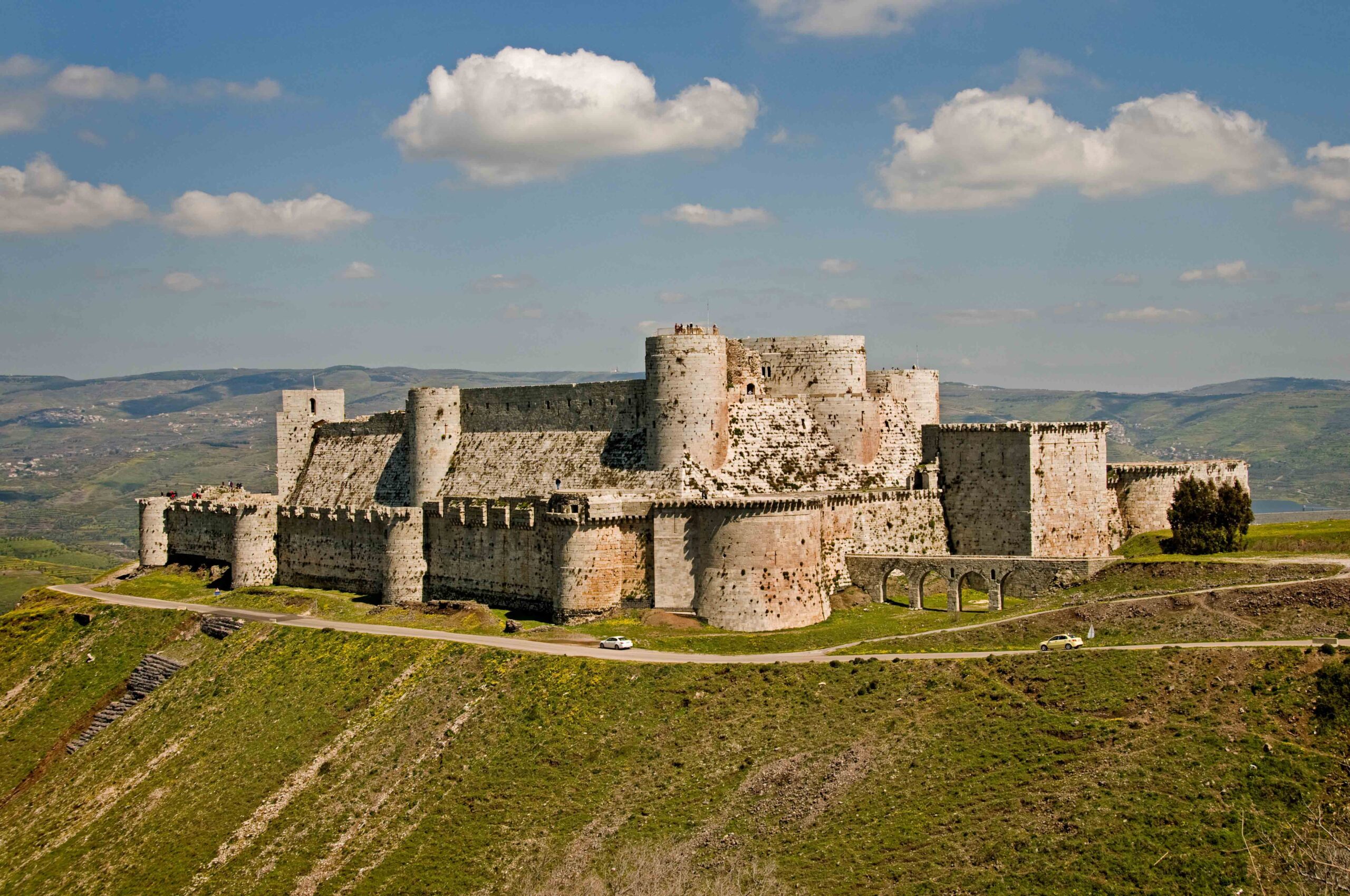
KRAKÓW, POLAND—According to a Science in Poland report, a team of researchers led by Wiesław Koszkul and Jarosław Źrałka of the Institute of Archaeology at Jagiellonian University have uncovered a stone structure at Guatemala’s Maya site of Nakum that may have served as the foundation of a steam bath as early as 700 B.C. The excavators first discovered the entrance to a tunnel carved out of rock in an area of the site surrounded by temples, pyramids, and palaces. The tunnel leads to a set of stairs, and then a second tunnel, which ends in a rectangular room with rock-cut benches. An oval hearth in the wall opposite the entrance to the room is thought to have been used to heat large stones. Water would then have been poured over them to create steam. Koszkul and Źrałka suggest the excess water would have flowed into a hollow in the middle of the bath’s rock floor, and out of the structure through a drain channel in the tunnels. The researchers also found pottery and obsidian tools in the tunnels, which may have been used during rituals held in the steam bath. The structure was completely sealed with mortar and rubble around 300 B.C., Koszkul said, perhaps as result of social and religious changes in Maya society. To read in-depth about the burial of a Maya king in Guatemala, go to “Tomb of the Vulture Lord.”









